On the "victorious march" of Tomos in Transcarpathia
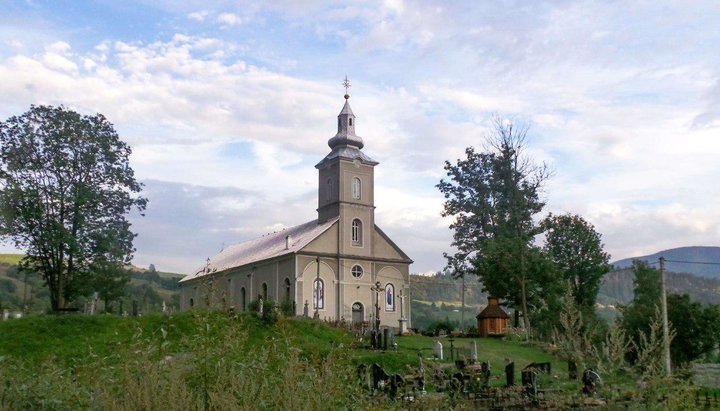
Transcarpathia is one of the regions of Ukraine most affected by church raiders. How have the Orthodox communities of the UOC going on since the Tomos bestowal?
In January-February 2019, OCU supporters, acting in a coordinated, methodical and consistent manner, took over four of the ten existing churches of the Yasinia Deanery of the Khust Eparchy of the UOC in Transcarpathia. The first temple, the Holy Protection Church, located in the center of the village of Yasinia, fell into the hands of a schismatic group along with its rector, Vladimir Loferdiuk, who joined the OCU. He was appointed the “dean” in the district under the jurisdiction of the “bishop” of ex-UAOC Viktor Bed’.
After this, for three weeks, on February 3, 10 and 17, OCU raiders visited the remote small villages near Yasinia and seized the temples located there: St. George’s Church in the village of Kevelev, St. Elijah’s Church in Lopushanka, the savior Transfiguration Church in Plitovaty. Bed’ fraternally "shared" the four churches received with a former competitor from the UOC-KP, and now the "hierarch" of the OCU Varsonofy Rudnik. The latter said a week later that he allegedly took over the fifth temple, the Church of the Nativity of the Most Holy Theotokos also located in the centre of Yasinia. This incident proved that the OCU will steadfastly lie in the eye even if the community meeting near the church recorded on video testifies to the whole world that the community refused to transfer. The rest of the UOC parishes in Yasinia, with the exception of that one where the rector was tempted by schism, continue to operate, although access to churches is still not restored.
“At the Church of the Nativity of the Virgin, the schismatics were stopped. We have no doubt that if they succeeded, they would go further and reach Black Tisa, an outpost of Orthodoxy in our district,” says Archpriest Vitaly Kemin’, the dean of the Yasinia Deanery, who has been serving the rector of the Holy Assumption Church in this village for 22 years. According to him, the plans of the OCU groupings were to leave only one UOC church in the deanery. This is confirmed by Varsonofy’s statements in the press: on February 7, following the seizure of the first temples, he announced the “transfer” of another 10 UOC parishes in the region where the UAOC and UOC KP’s positions were extremely weak before the Tomos and still are with the new religious structure (OCU).
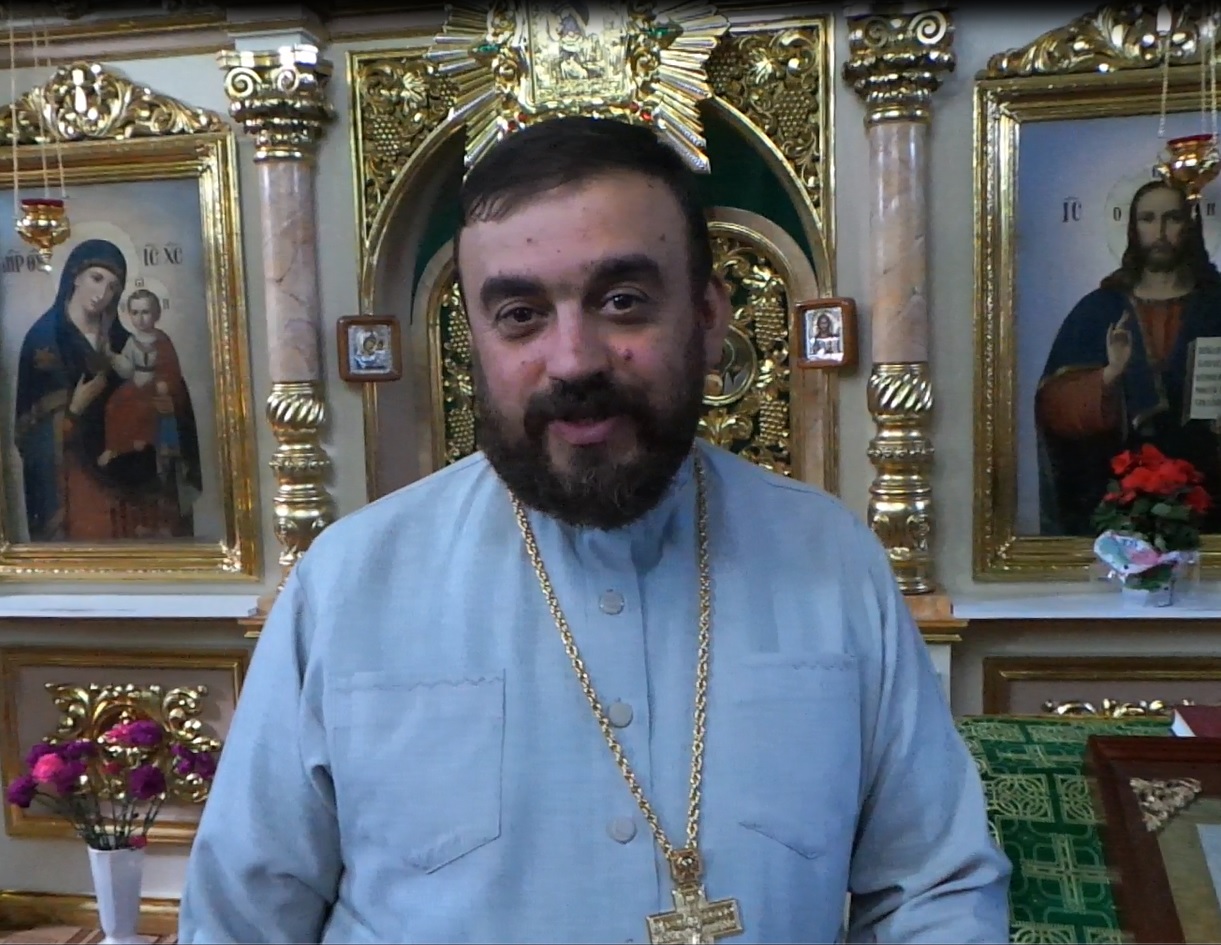
In fact, only two parishes left the UOC as a result of the formation of the OCU: together with Vladimir Loferdiuk, another priest from the Rakhov district fell into schism. In the same area, officials managed to re-register the legal entity – the UOC community – in the village of Delovoye, where the geographical centre of Europe is located. The “transfer” of the temple, as they say, was accomplished in a purely “European” manner: the rector was tricked out with the originals of the statute documents to the authorities under the pretext of checking them; and in the office, they just grabbed the paper from his hands. At the same time, the actual seizure of the UOC church in Delovoye did not succeed: people defended their church from the raiders.
In all other cases, the raiders failed to get the desired originals of the statute documents of the communities, no matter how hard they tried. Attempts to re-register the parish of the Nativity of the Theotokos continued throughout the spring, but without the originals of the documentation, the raiders were sent from Uzhgorod empty-handed.
“We live on the border of Ivano-Frankovsk and Transcarpathian regions. To our great regret, in February of this year the Yasinia Deanery had to withstand trials: three churches in our deanery were subject to raider attacks, one temple transferred voluntarily. How did we withstand? With the help of the Mother of God. Our believers gathered for night services and religious processions; there were akathists and cross processions around the church, despite the weather, rain, snow or frost – it was necessary. So, the Lord gave us the strength to resist in that difficult time, when we were offered money, threatened, and so on. Threats are still made against us, we hope that the Lord will pacify and take this away from us,” says Fr. Vitaly Kemin’.
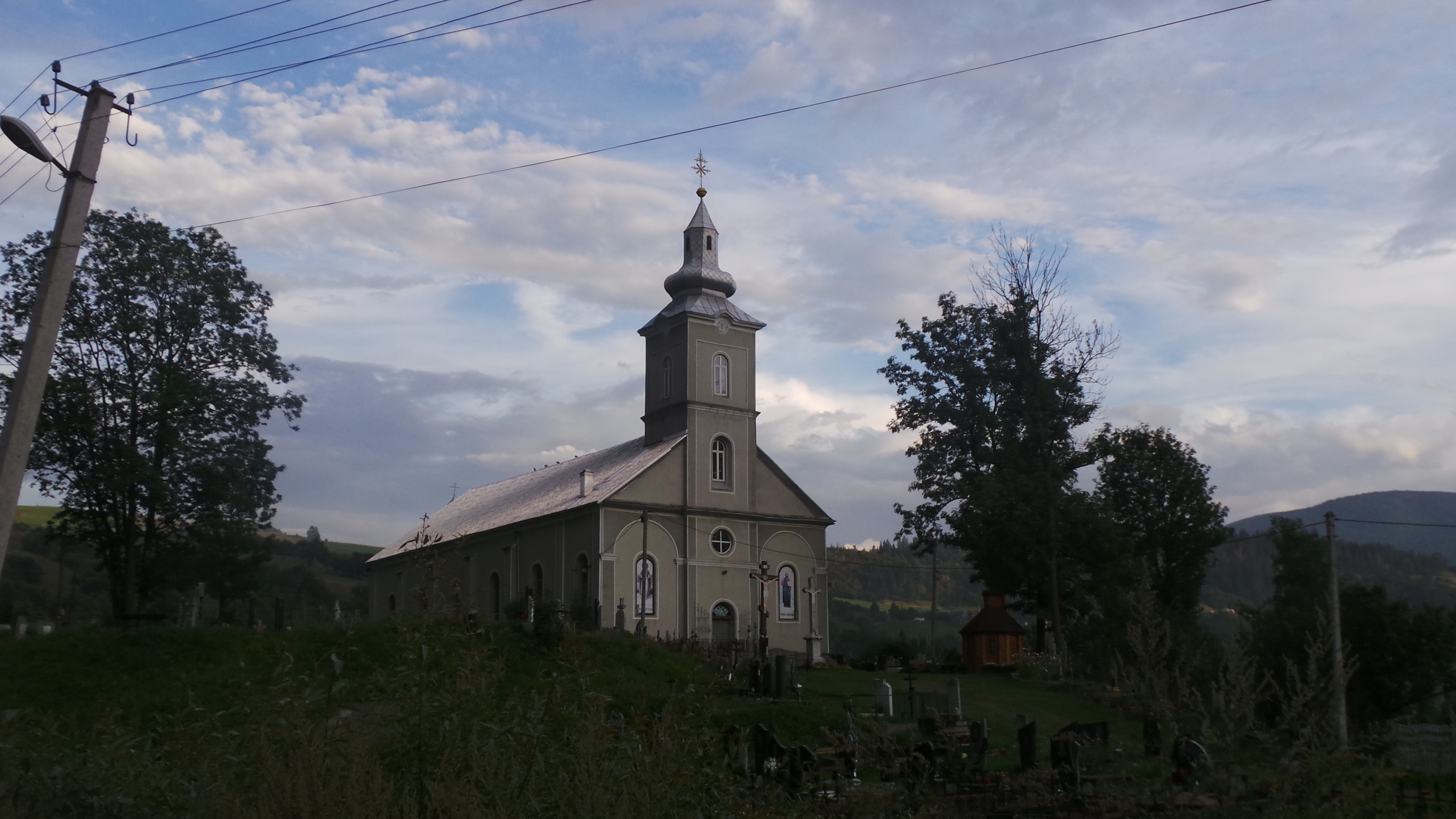
The parish of the Holy Assumption Church, in which the cleric serves, really looks like a real outpost. In 1997, the priest came to Black Tisa to stay for two weeks and left for good. Community members remember that when it was raining, they had to stand with basins – to collect water from the leaking roof. This is the only church in the village, where several denominations peacefully coexist in the settlements, which is very rare for this region. Now a lot of construction has been done to the 1891 church: it was repaired, the territory was well-groomed and expanded, the land for the parish cemetery was bought up, and even a path up the hill was paved. One can imagine why some people are so eager to get this property, confident that the community would move to them together with the temple: many raider seizures were carried out with the same confidence, resulting in anger and frustrated ambitions.
“People fed up with the abundance of propaganda and politics leave the seized churches. A human is arranged in such a way that he/she cannot be stuffed endlessly with the same thing, they are still looking for something else in the church,” the dean of the UOC resumed.
Despite all the efforts made, on the feast of the Nativity of the Forerunner John the Baptist, six people came to the service of the OCU dean Vladimir Loferdiuk at the Holy Protection Church.
Yasinia residents say that the transfer of this clergyman was not supported even by his own relatives. Archpriest Vladimir’s father, a clergyman of the Khust Eparchy John Loferdiuk, died shortly after the events. The funeral rite over Father John was led by the ruling bishop of the Khust Eparchy, Metropolitan Mark. But the priest was buried in a small church of the UOC built in Yasinia near a local geriatric institution.
Also, only five to six people constantly gather in the chapel church of the second dean of the OCU – Archpriest Anatoly Natolochny.
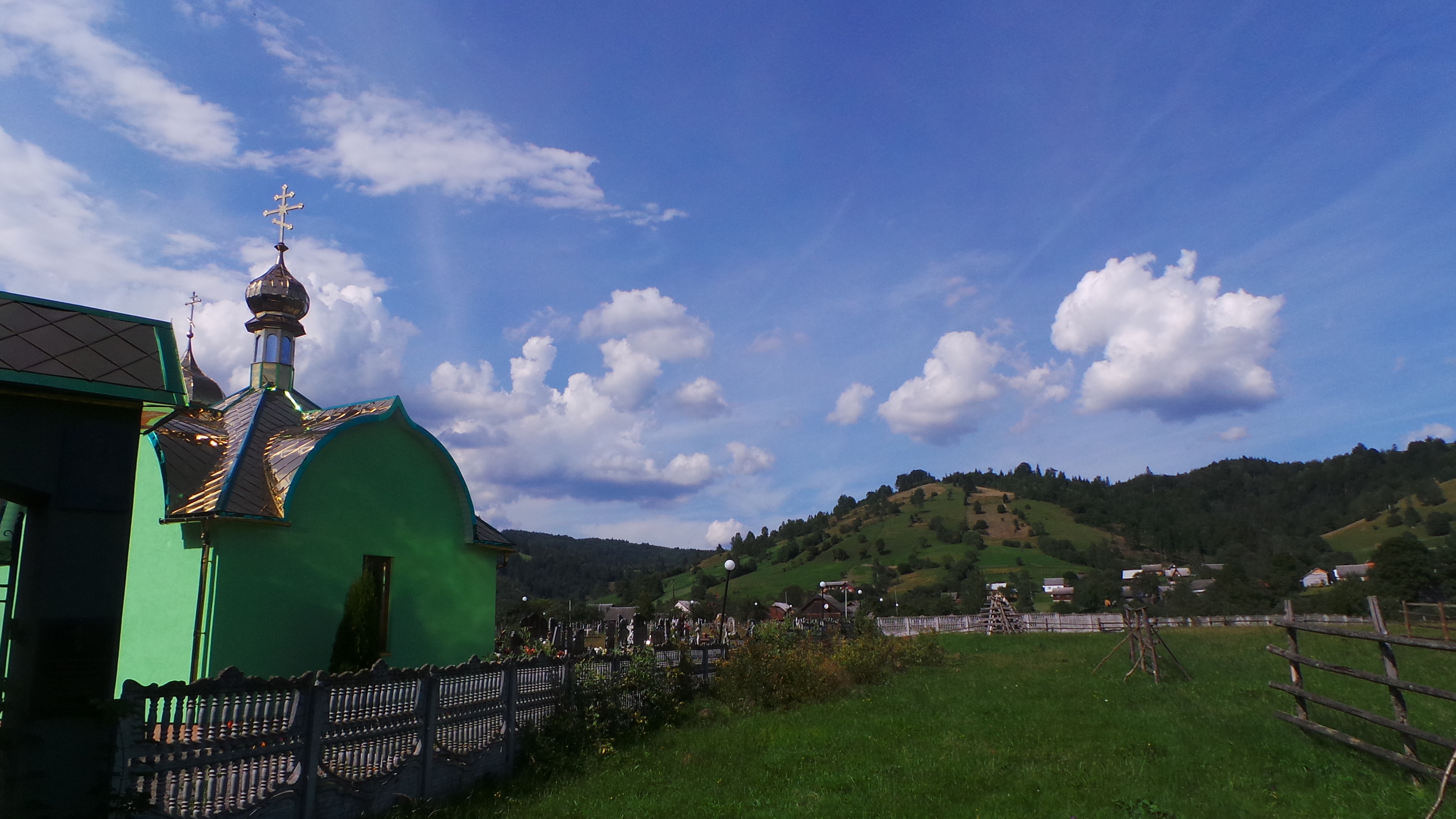
Interestingly, this tiny building was raised by the UOC-KP on their own – this is the only thing in Yasinia they can boast of. It is funny that the chapel was built on a foundation that was once laid by the UOC forces: there was an icon shop, which was later moved to the shopping arcade, but the foundation remained: church patriots, oddly enough, did not disdain the works of the “Moscow priests”.
In three parishes in the small villages near Yasinia, split by the actions of the raiders, the seized churches are attended in different ways. In general, in the adapted rooms where the UOC communities pray, there are as many people as in churches. The consequences of various forms of pressure and intimidation of people are felt. They say an employee of the local branch of the Pension Fund of Ukraine, advocating for the OCU, did not hesitate to frighten old women with no pensions in case they refused to support the OCU. Also, the raiders have a fived idea to prevent the UOC communities from building a new temple. However, only two OCU activists came to the construction site of the new Transfiguration Church in Plitovaty on the day of its consecration to campaign for the OCU, but just a couple of weeks after the incident, more than 400 believers gathered at the cross established on the site of the future church! At the same time, to the attacks like “you go to pray near the stable”, believers stoically answer that Jesus himself was born in the stable, and they will go and stand in prayer where their priests tell them.
The local people how the communist attacks on the 160-year-old chapel ended. A local resident defended the church from demolition, saying that the building was located on his territory, and he would not give it to the authorities. A few days later the chapel was set on fire, but the arsonist soon died. The chapel is still operating.
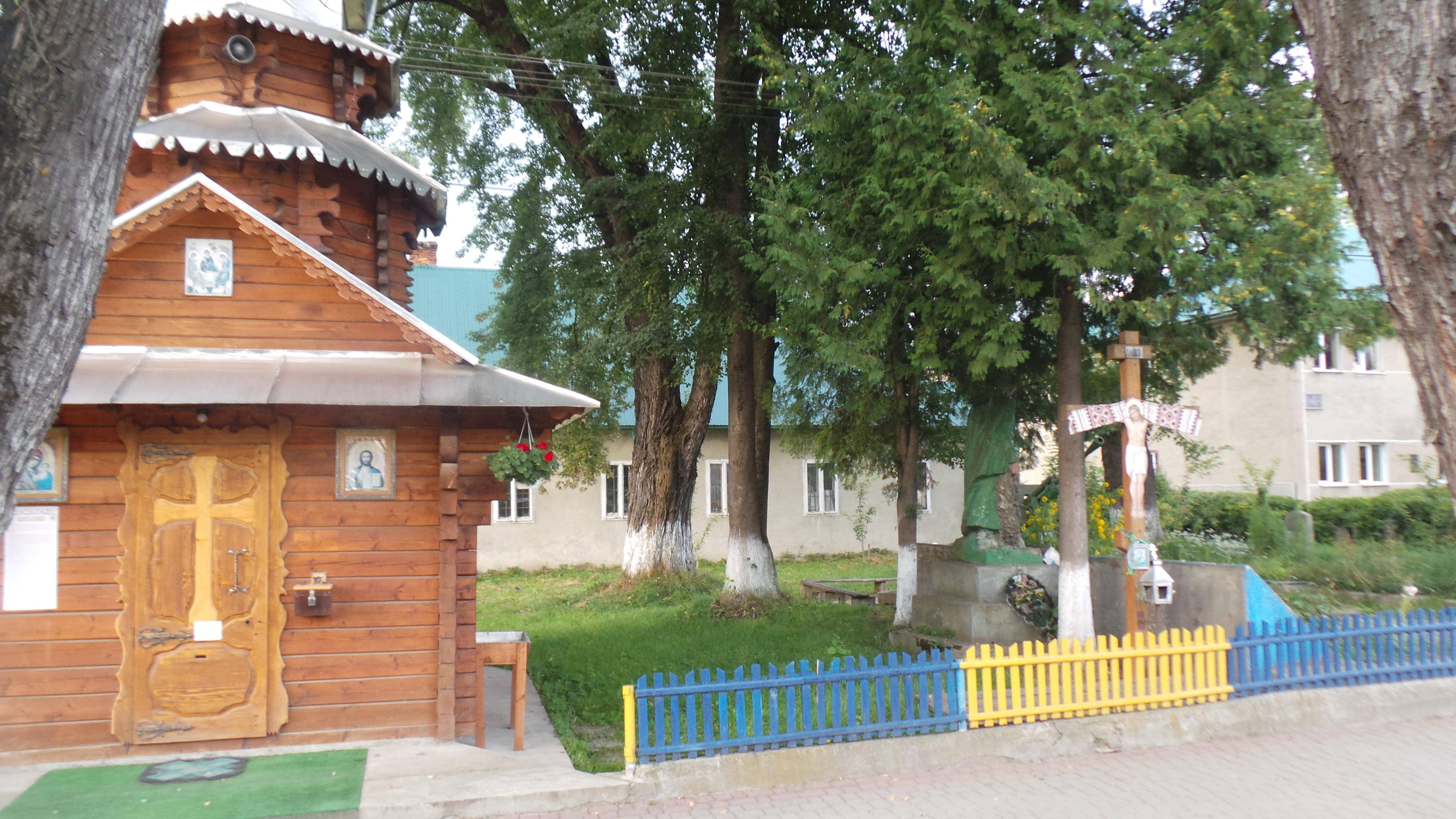
The community of the St. Elijah’s Church is trying to claim for their property in court, the communities of the St. George and the Transfiguration Churches have already announced the collection of money for the construction. In the deanery, it was decided to raise funds for both parishes: these are villages distant from the centre, if there is no church there, it is quite difficult to get to other churches.
“After we were kicked out of the temple, I took only the antimins and some gifts from the church community. Today our community consists of 10-15 people,” said Fr. Nikolay Seniuk, the rector of the parish in Kevelev. His parish is small, but the deanery and the eparchy value and support each parish targeted by OCU raiders.
The dean, Archpriest Vitaly Kemin’, who was especially disliked in the district department of the new church structure, also does not take the current hardships seriously: the family history affects. “I am happy that I was born to the family of Rev. Job of Uglia, who was an ascetic on the lands of our Transcarpathian region. At the age of 12, he and his brother kissed the cross from the hands of Father Amphilochius Kemin’, and from that time they sought to become monks and did so. They founded monasteries here, Fr. Job lived a difficult life because he suffered persecution from both Austria-Hungary and the Soviet regime. He spent four years in a camp in Vorkuta, where he was tortured, and after that he returned and became the confessor of the Mukachevo Eparchy. Numerous priesthoods in my family have always been revered. My great-grandfather was a psalmist in the church, knew the Psalter by heart and at the time was in prison with Patriarch Pimen,” said Archpriest Vitaly Kemin’.
Now the deanery has already raised the funds sufficient to order domes for future new churches in Kevelev and Plitovaty, and the clergy thank everyone who responded to the call for help. Anyone wishing to join the fund-raising campaign can donate to the Oschadbank card number 5167 4900 4294 3051 (Maria Kemin’).












